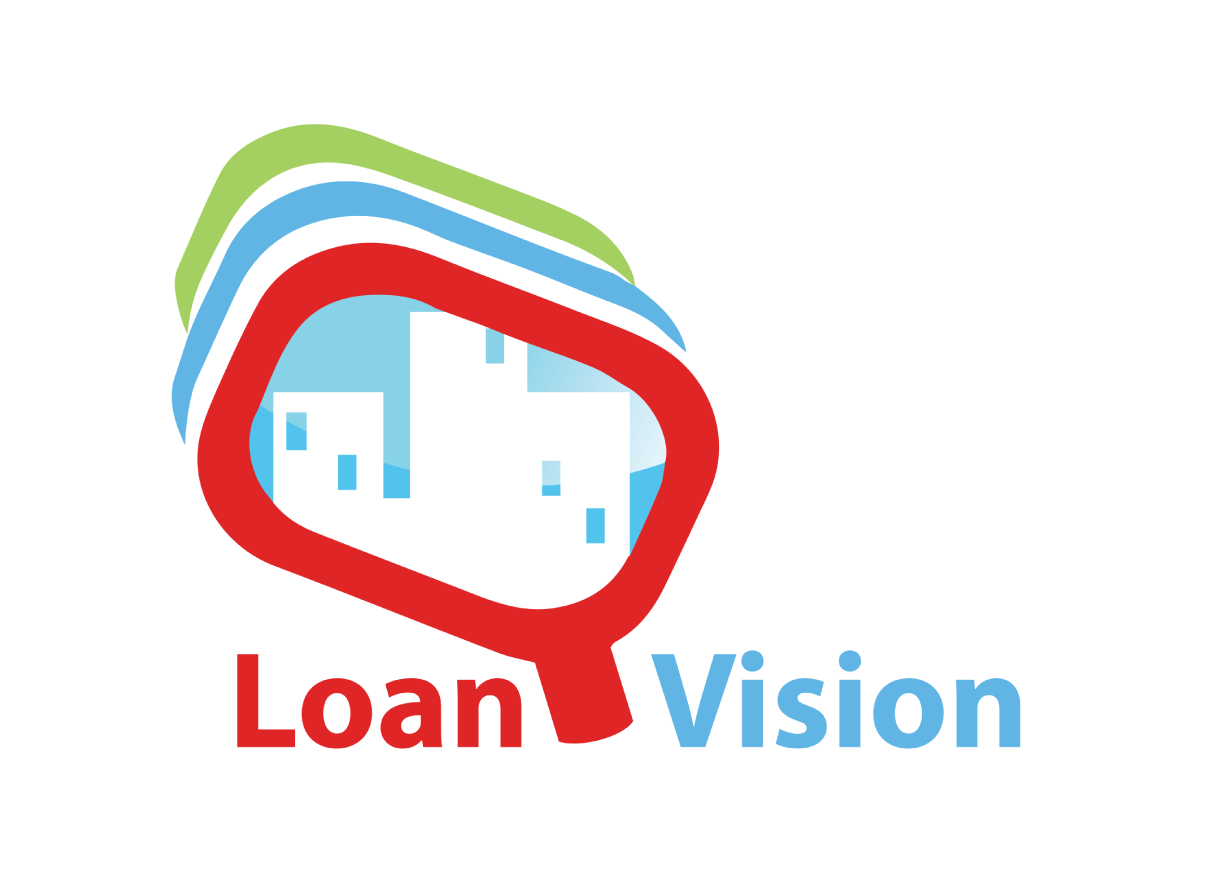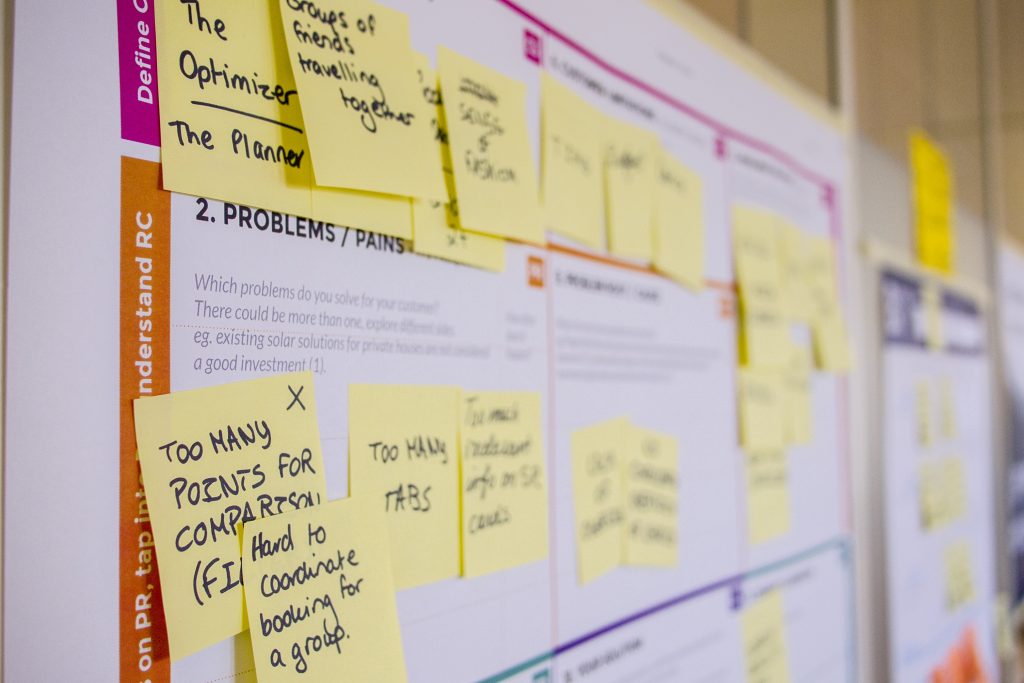Achieving Cloud Cost Optimization Through Strategy and Governance
Cloud cost optimization is a popular and at times controversial topic of discussion. Part of the reason for this is because optimization is often understood as merely a way to bring costs down and meet business KPIs. However, this type of framing oversimplifies the conversation by situating cloud optimization as a tactical conversation, rather than a strategic one.
At WatServ, our cloud cost optimization methodology is an ongoing, iterative process that incorporates efficiencies from both strategic cloud planning and operational-level cost management tools and tactics. It also recognizes governance as an important component that affects outcomes – ensuring policies and processes are proactively defined to govern and implement cost improvements. In fact, we have found that cloud cost optimization is most successful when the process goes beyond simply reducing costs, and includes a look at ownership, collaboration, innovation and accountability from both the partner and client perspectives, in order to drive efficiencies.
With deep experience in guiding cost management strategies, WatServ has developed innovative practices that can be used to address a wide range of cost challenges. Below is a sample, with common cost management challenges on the left and examples of our mitigation approaches on the right.
Common Challenges and WatServ’s Demonstrated Mitigation Strategies
We commonly hear:
What we might suggest…
How do I stay on top of right-sizing my existing infrastructure?
Establish accountability for a data-driven approach
Create accountability in your organization for assessing performance monitoring and server management data. Empower staff on your team with the right skills to leverage WatServ’s cloud management tools and reporting to drive actions on cost containment such as resource scaling and resource re-allocation.I am trying to keep on top of day to day dollars, but how can I effectively bring our annual projection of infrastructure costs down?
Align on long-term goals for your cloud platform and create an imperative for change
Establish a clear perspective on where the organization is heading with respect to its cloud strategy. Ensure that there has has been a thorough assessment of operations and applications and align leadership on the end-state goal. We recommend working with your advisors to develop a long-term roadmap that identifies clear, compelling cost improvements.How can I mobilize our organization and resources to make impactful cost improvements?
Create a sustainable cost management process
Delivering cost improvements with lasting impact requires the wider organizational ecosystem to reinforce the change. Establish effective governance processes to ensure cost recommendations are being implemented, and create a proactive set of parameters and policies to manage consumption, limit costs and provide transparency.Need assistance optimizing your cloud? WatServ’s team is here to help. Speak with one of our cloud engineers to explore your options. Reach out today.
WatServ demonstrates best-in-class capability and market leadership through proven technology and customer commitment.
About
WatServ is an IT solutions provider that helps organizations digitally transform through cloud technologies and managed services.
Serving clients as a trusted advisor since 2006, WatServ provides experience-tested, strategic solutions across all stages of the digital transformation journey. Clients choose WatServ to migrate infrastructure and applications to the cloud, secure critical data, implement disaster recovery, deploy virtual desktop, enable data-readiness for productivity solutions and manage IT environments.
Our clients span a broad range of industries, and we’re a global supplier of IT services for many Brookfield Portfolio Companies. To help our mid-size clients, we provide scalable offerings that simplify cloud adoption and drive business optimization. For enterprise clients, we co-create cloud solutions that enable stability and efficiency for complex IT tools and processes.
With more than 15 years of experience, WatServ has a track record of delivering quantifiable business results and a superior client experience. Ranked as one of Canada’s Top 100 Solution Providers for the last three years in a row, WatServ is always on.




















